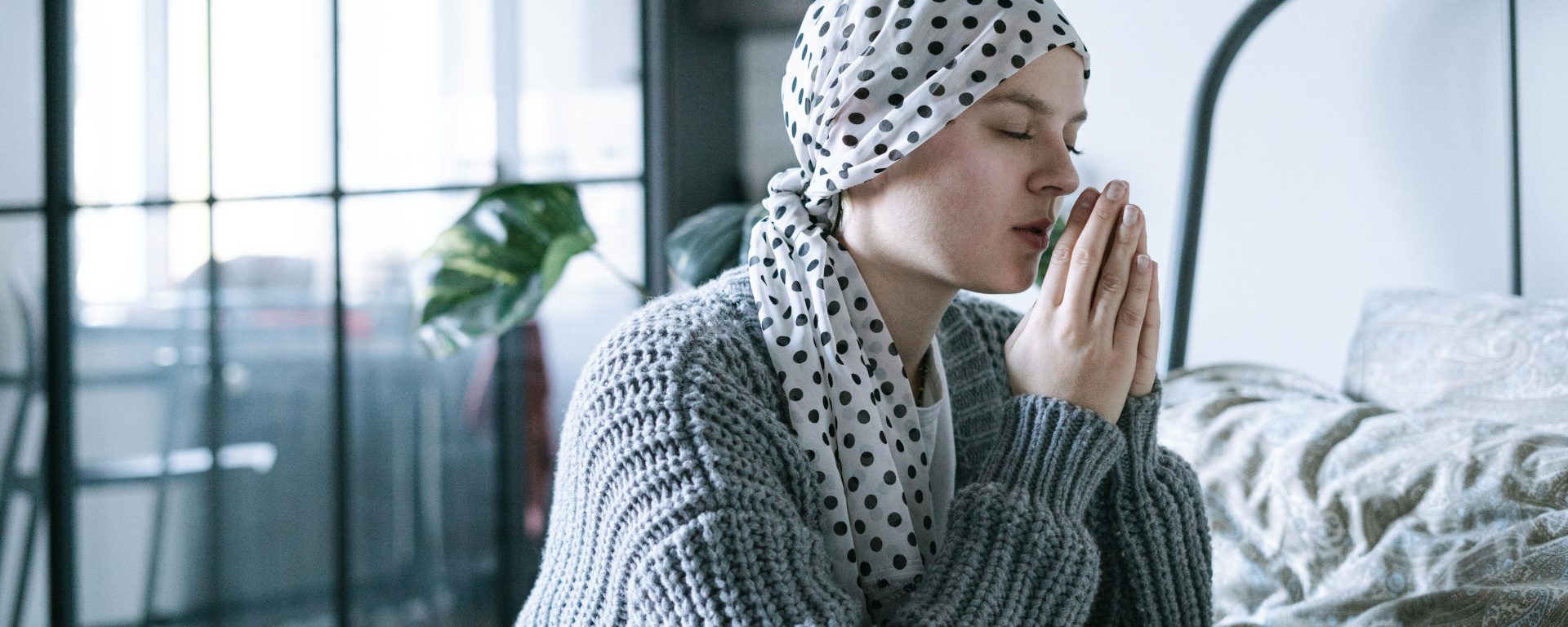A recent study conducted at the Cancer Center, Shands Hospital, University of Florida, Gainesville, has shed light on the potential benefits of massage therapy (MT) for pediatric oncology and hematology patients. Led by Jolie N. Haun and colleagues (2009), the study aimed to assess the physical and psychological effects of MT on children with cancer or blood diseases.
The research, published in a respected medical journal, involved 30 participants aged 6 months to 17 years. These children underwent four MT sessions, each lasting 20 minutes, either daily for inpatients or weekly for outpatients. The effects of MT were compared against a control group that received no MT.
Using rigorous statistical analysis, the researchers found significant improvements in both psychological and physical aspects among the MT group. Specifically, children receiving MT showed notable reductions in state anxiety, trait anxiety, and emotional distress. Moreover, they experienced decreased muscle soreness, discomfort, and respiratory rate, indicating improved physical well-being. Overall, the MT group demonstrated enhanced progress in their condition compared to the control group.
However, there were no significant differences between the two groups in parent-reported assessments of their child’s physical or psychological health, pulse rate, or blood pressure.
In conclusion, this study highlights the potential of MT as a complementary therapy for children undergoing treatment for cancer and blood diseases. By alleviating psychological and physical distress, MT could contribute positively to the quality of life of these young patients. Further research is warranted to explore the long-term effects and optimal dosage of MT in this population.
Reference: Haun, J. N., Graham-Pole, J., & Shortley, B. (2009). Children with cancer and blood diseases experience positive physical and psychological effects from massage therapy. International journal of therapeutic massage & bodywork, 2(2), 7.
